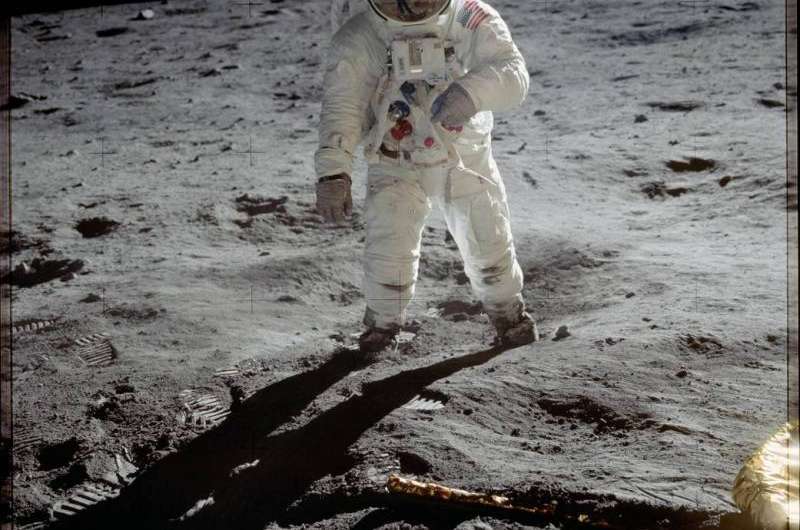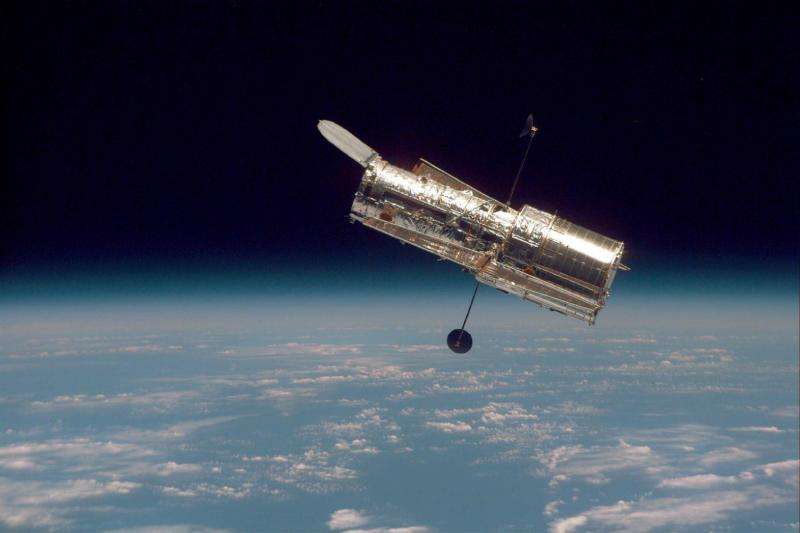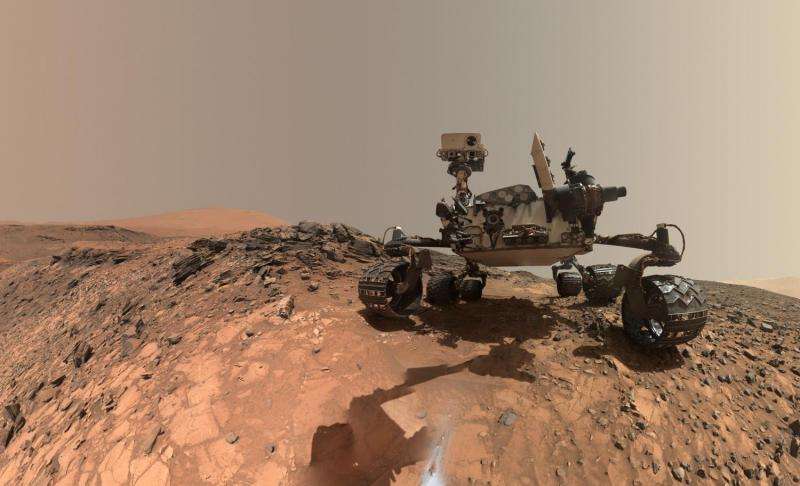NASA vs. cigarettes—a numbers game

People often criticize the amount of money spent on space exploration. Sometimes it's well-meaning friends and family who say that that money is wasted, and would be better spent on solving problems here on Earth. In fact, that's a whole cultural meme. You see it played out over and over in the comments section whenever mainstream media covers a space story.
While solving problems here on Earth is noble, and the right thing to do, it's worth pointing out that the premier space exploration body on Earth, NASA, actually has a tiny budget. When you compare NASA's budget to what people spend on cigarettes, NASA looks pretty good.
Ignoring for the moment the fact that we don't know how to solve all the problems here on Earth, let's look at NASA's budget over the years, and compare it to something that is truly a waste of money: cigarettes and tobacco.
NASA is over 50 years old. In its first year, its budget was $89 million. (That's about $732 million in today's dollars.) In that same year, Americans spent about $6 billion on cigarettes and tobacco.
From 1969 to 1972, NASA's Apollo Program landed 12 men on the Moon. They won the Space Race and established a moment that will echo through the ages, no matter what else humanity does: the first human footsteps anywhere other than Earth. In those four years, NASA's combined budget was $14.8 billion. In that same time period, Americans spent over twice as much—$32 billion—on smoking.
In 1981, NASA launched its first space shuttle, the Columbia (STS-1). NASA's budget that year was $5.5 billion. That same year, the American population spent about $17.4 billion on tobacco. That's three times NASA's budget. How many more shuttle flights could there have been? How much more science?

In 1990, NASA launched the Hubble Space Telescope into Low Earth Orbit (LEO.) The Hubble has been called the most successful science project in history, and Universe Today, readers probably don't need to be told why. The Hubble is responsible for a laundry list of discoveries and observations, and has engaged millions of people around the world in space science and discovery. In that year, NASA had a budget of $12.4 billion. And smoking? In 1990, Americans smoked their way through $26.5 billion of tobacco.
In 2012, NASA had a budget of $16.8 billion. In that year, NASA successfully landed the Mars Science Laboratory (MSL) Curiosity on Mars, at a cost of $2.5 billion. Also that year, American lungs processed $44 billion worth of tobacco. That's the equivalent of 17 Curiosity rovers!
There was an enormous scientific debate around where Curiosity should land, in order to maximize the science. Scientific teams competed to have their site chosen, and eventually the Gale Crater was selected as the most promising site. Gale is a meteor crater, and was chosen because it shows signs of running water, as well as evidence of layered geology including clays and minerals.
But other equally tantalizing sites were in contention, including Holden Crater, where a massive and catastrophic flood took place, and where ancient sediments lie exposed on the floor of the crater, ready for study. Or Mawrth Vallis, another site that suffered a massive flood, which exposed layers of clay minerals formed in the presence of water. With the money spent on tobacco in 2012 ($44 billion!) we could have had a top ten list of landing sites on Mars, and put a rover at each one.
Think of all that science.

NASA's budget is always a source of controversy, and that's certainly true of another of NASA's big projects: The James Webb Space Telescope (JWST.) Space enthusiasts are eagerly awaiting the launch of the JWST, planned for October 2018. The JWST will take up residence at the second Lagrange Point (L2,) where it will spend 5-10 years studying the formation of galaxies, stars, and planetary systems from the Big Bang until now. It will also investigate the potential for life in other solar systems.
Initially the JWST's cost was set at $1.6 billion and it was supposed to launch in 2011. But now it's set for October 2018, and its cost has grown to $8.8 billion. It sounds outrageous, almost $9 billion for a space telescope, and Congress considered scrapping the entire project. But what's even more outrageous is that Americans are projected to spend over $50 billion on tobacco in 2018.
When people in the future look back at NASA and what it was able to accomplish in the latter half of the 20th century and the beginning of the 21st century, they'll think two things: First, they'll think how amazing it was that NASA did what it did. The Moon landings, the Shuttle program, the Hubble, Curiosity, and the James Webb.
Then, they'll be saddened by how much more could've been done collectively, if so much money hadn't been wasted on something as deadly as smoking.
Source: Universe Today





















